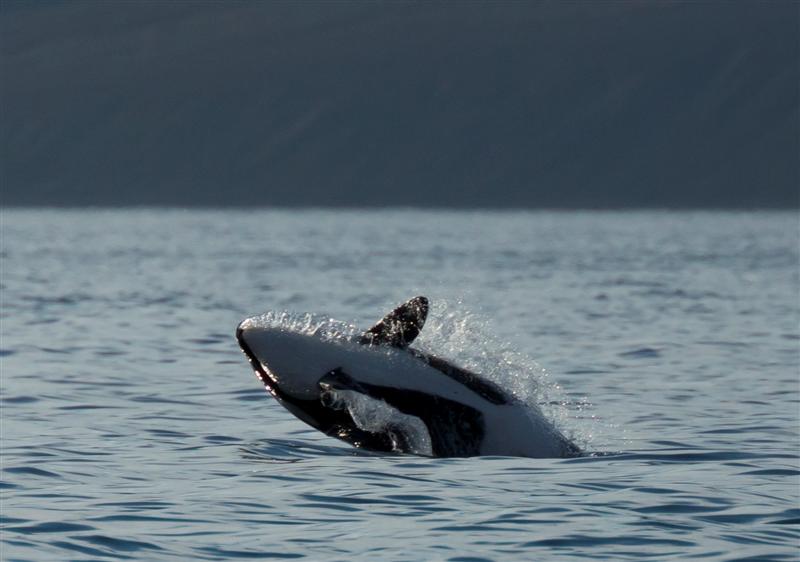Arctic Tern I is a polar expedition vessel acquired by the Students on Ice Foundation in partnership with WWF to provide a safe, environmentally friendly, cost effective, and versatile platform for education, research and media projects in the Arctic. In summer 2013, Arctic Tern I headed to the eastern Canadian Arctic and on the first of a five-year mission to assess biodiversity in this important and fast-changing part of the world, and contribute to constructive and collaborative solutions for a sustainable future.
Polar sailors and scientists Grant Redvers and Pascale Otis share their experiences and photos from the journey, in the third of a four-part series (part 1 , part 2).
The past two summers have allowed us to learn a lot about how the Arctic is changing, both from our own observations and by talking with the locals in northern communities. For example…
Development is increasing
Just in the time we have been sailing in west Greenland and the eastern Canadian Arctic, we have seen a large increase in shipping associated with resource development (mining and oil and gas exploration).
Hunting is more difficult
Hunters spoke to us about changes in the migration timing and pathways of many species, including caribou, narwhal and polar bear.
Less sea ice, unpredictable weather
Both scientific and anecdotal evidence clearly shows a reduction in summer sea ice in the Arctic. Although it is difficult for us to see this trend from just a few seasons sailing, long term monitoring, and stories from elders show that this is a very real manifestation of climate change. Over the short term that we have observed, from season to season, sea ice cover and weather patterns have proved to be more erratic, and more difficult to predict.
More ship traffic
This year, about 30 small yachts tried to transit the Northwest Passage (compared to 2 in 2006)! Although reliable commercial shipping through the passage is still some time away in the Canadian Arctic, there has been a marked increase in commercial traffic through Russian waters in recent years. With such an increase in traffic issues like search and rescue, pollution control is of key concern.
New species are moving north
This year, we filmed orcas in the north predating on narwhal… something that had never been filmed before! Although this is thought to have occurred for a number of years, it is still a poorly understood species interaction that might be related to climate change and reducing sea ice, allowing orcas to extend their range. We have heard similar stories of Pacific salmon being caught in the eastern Canadian Arctic.

